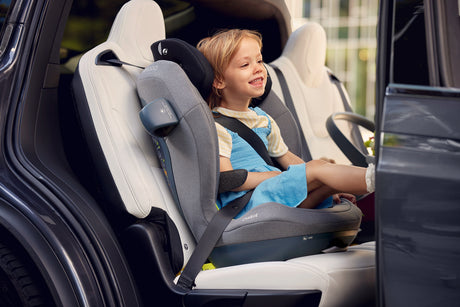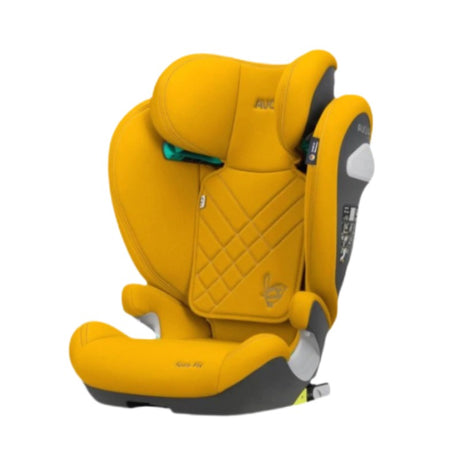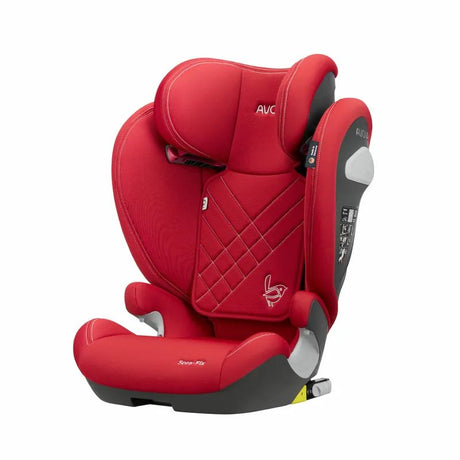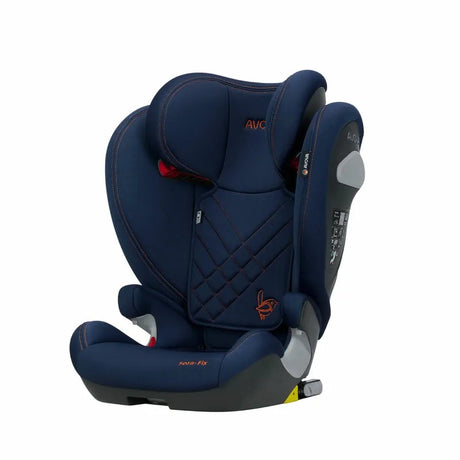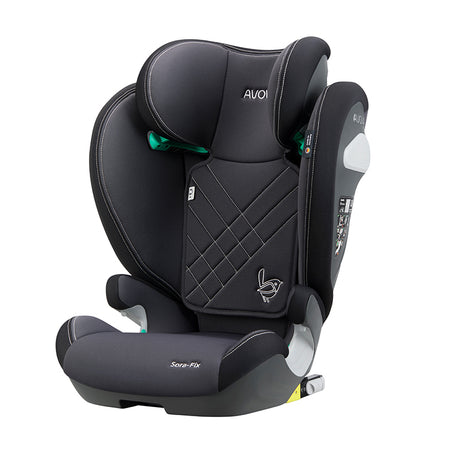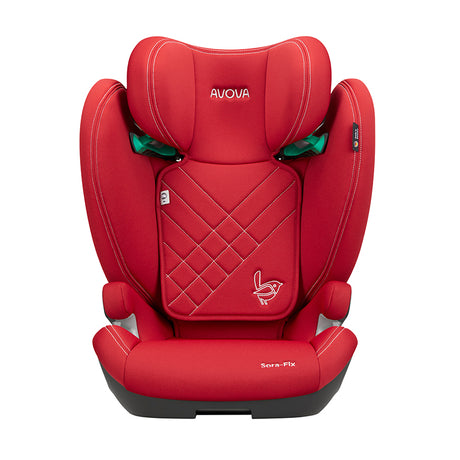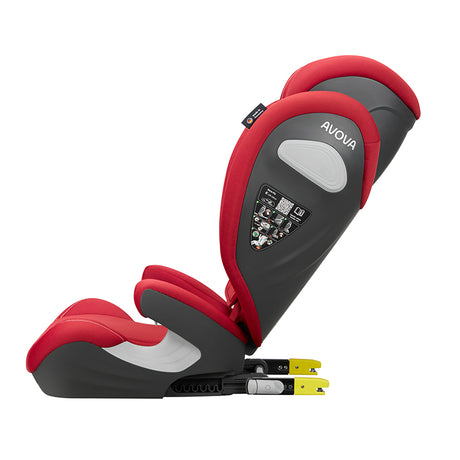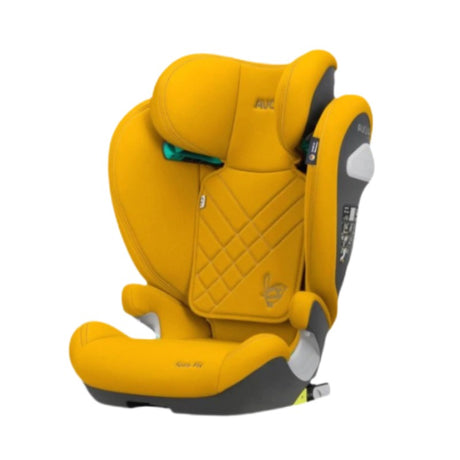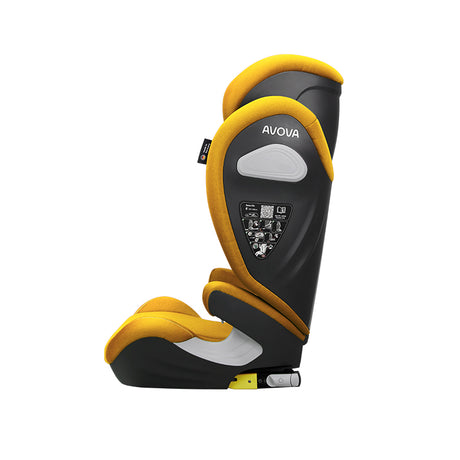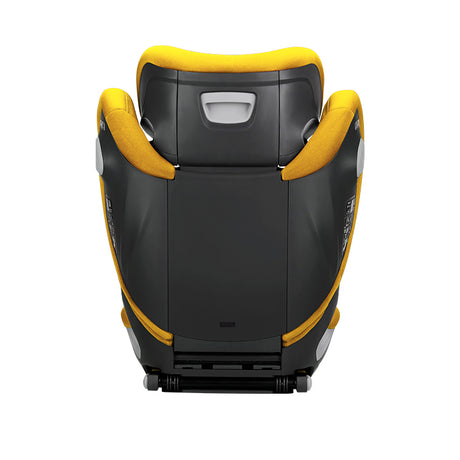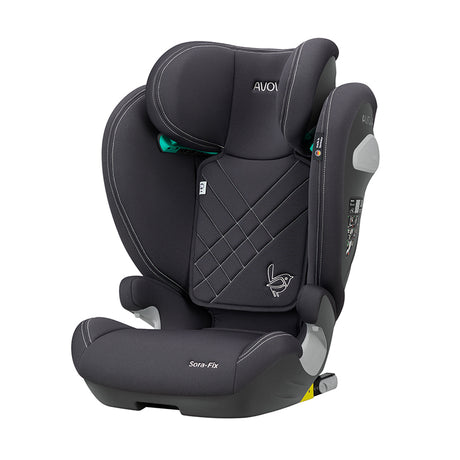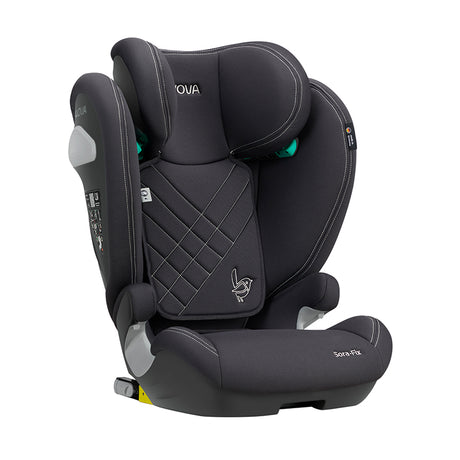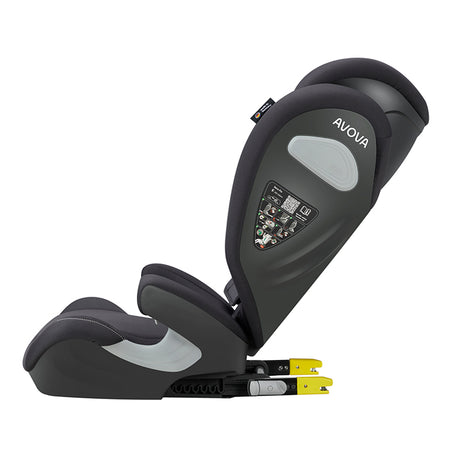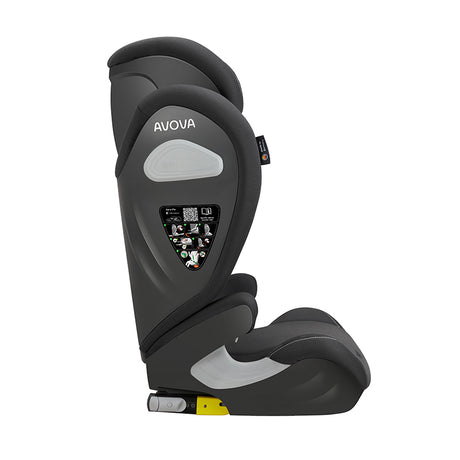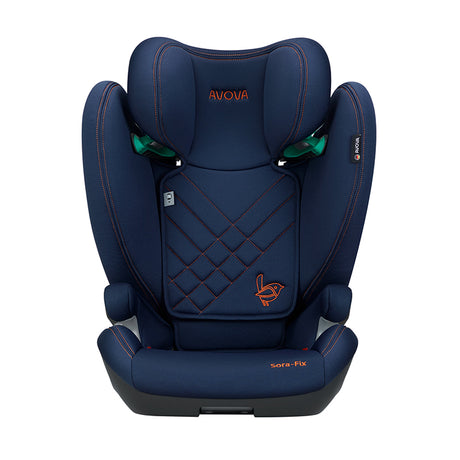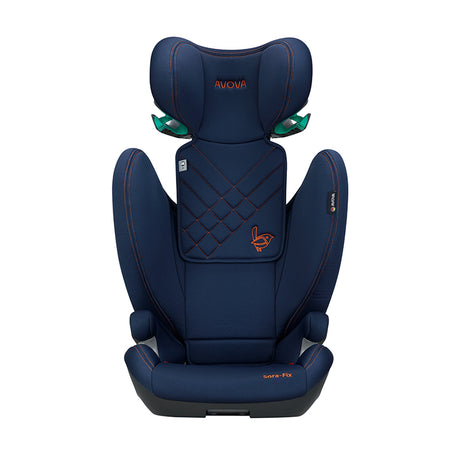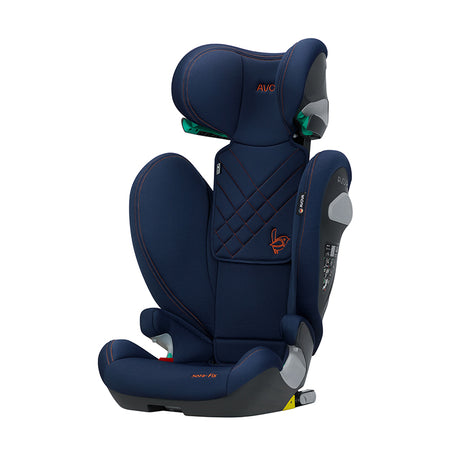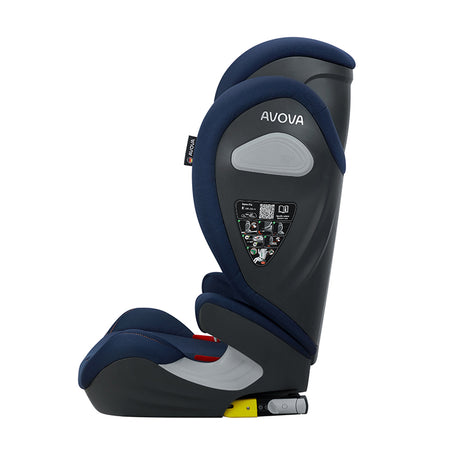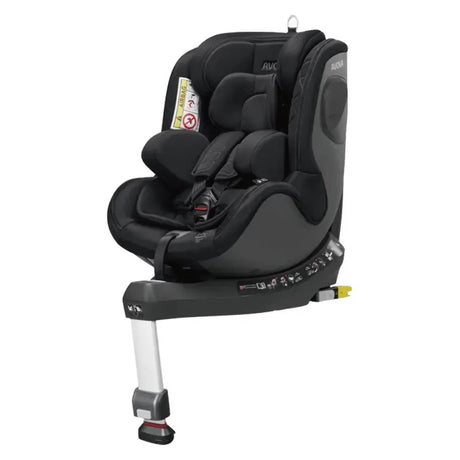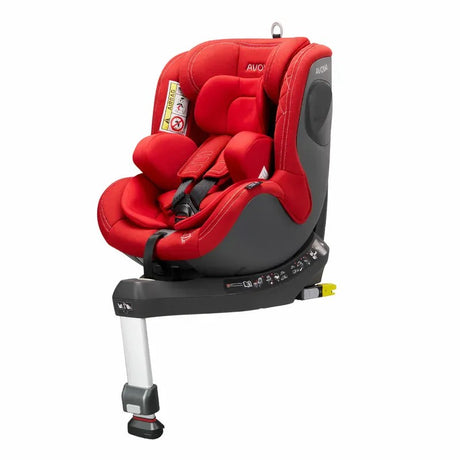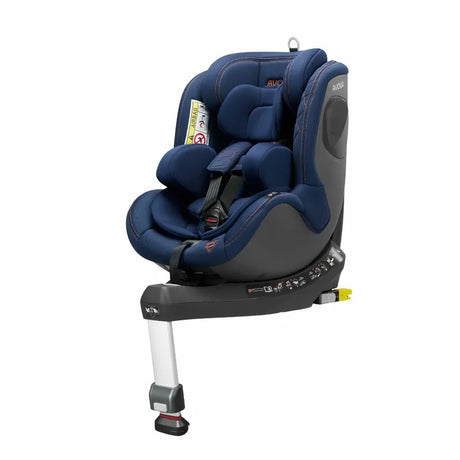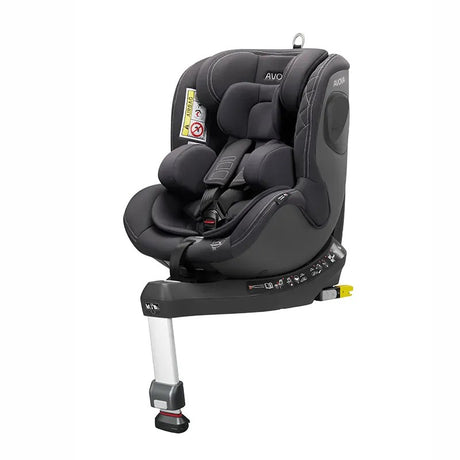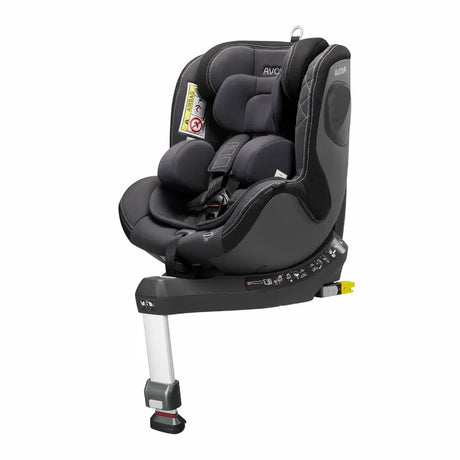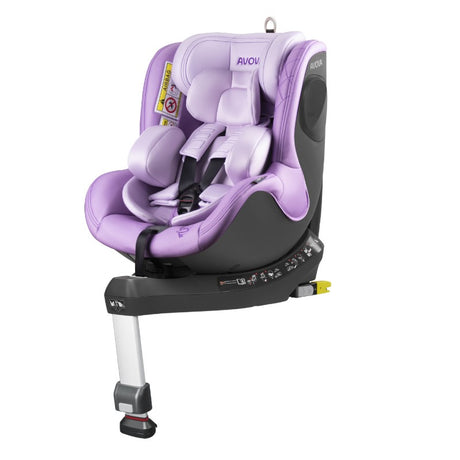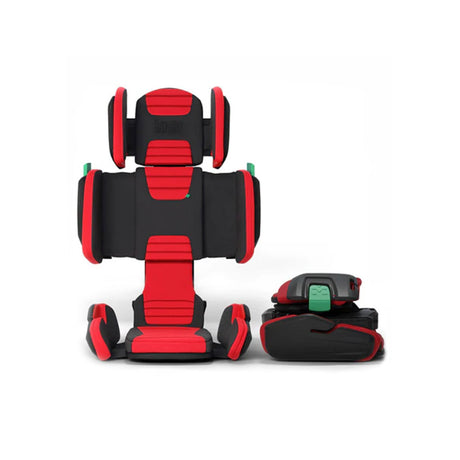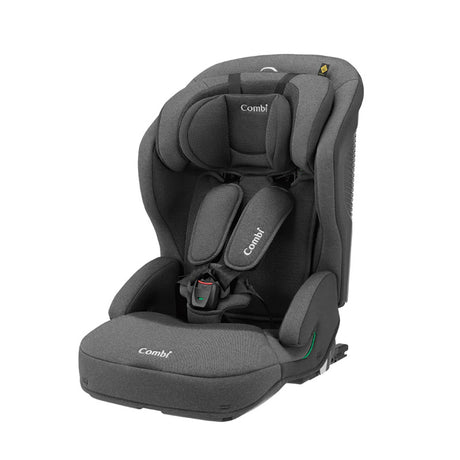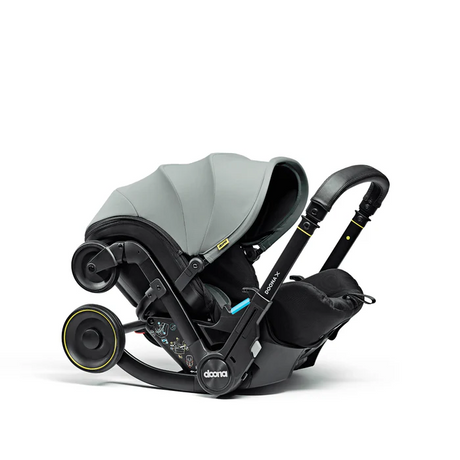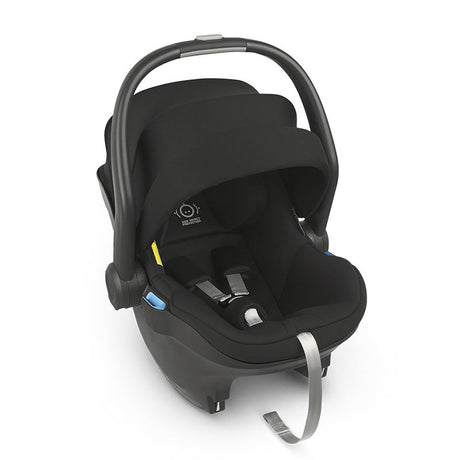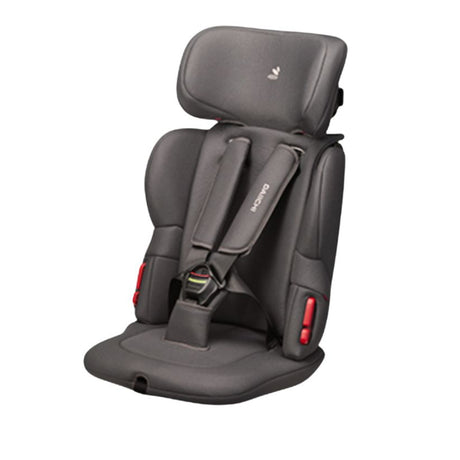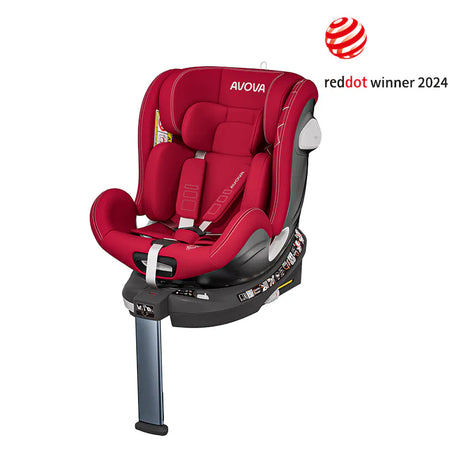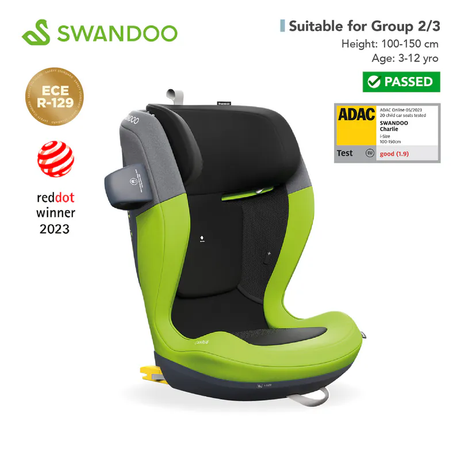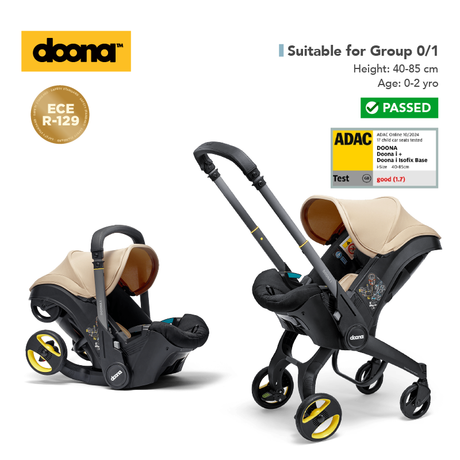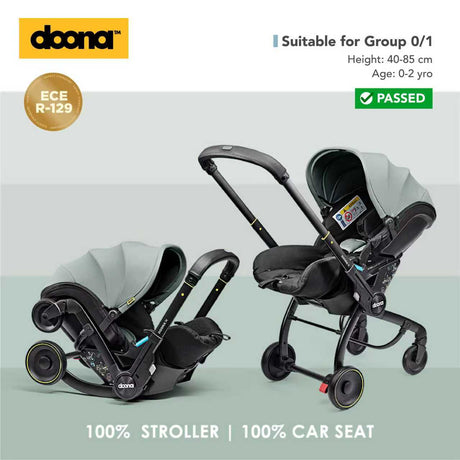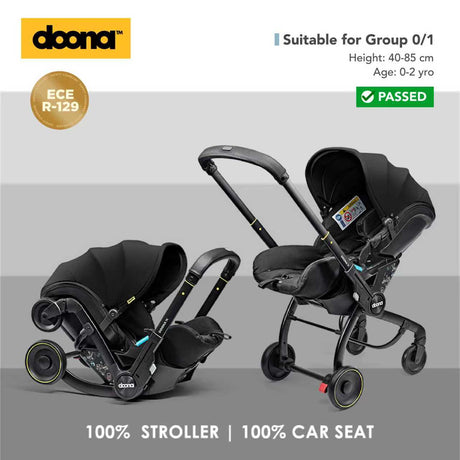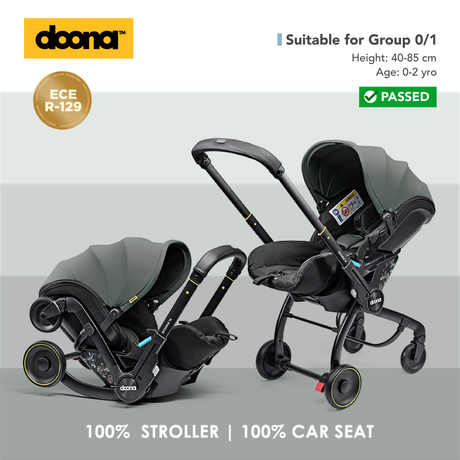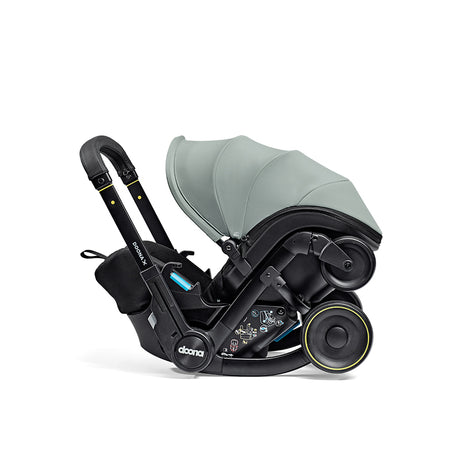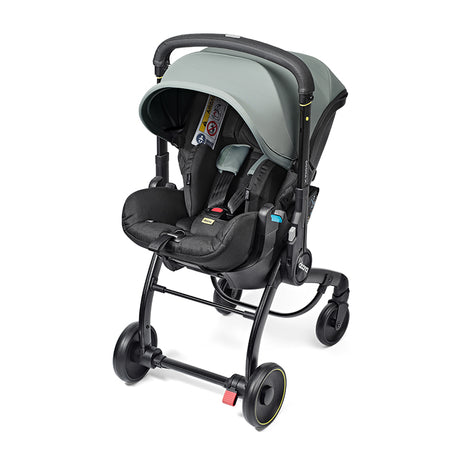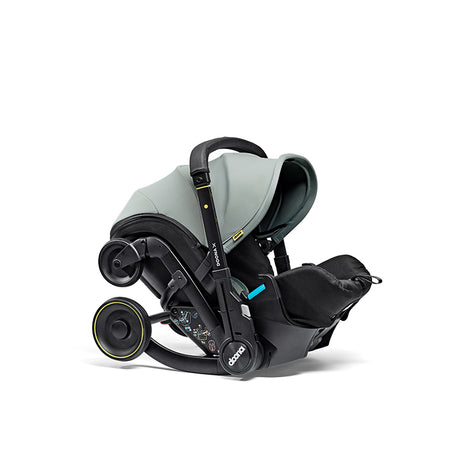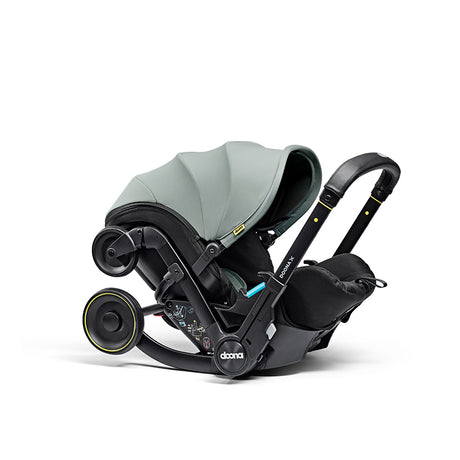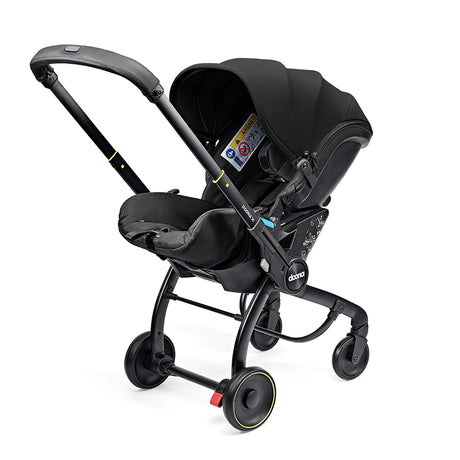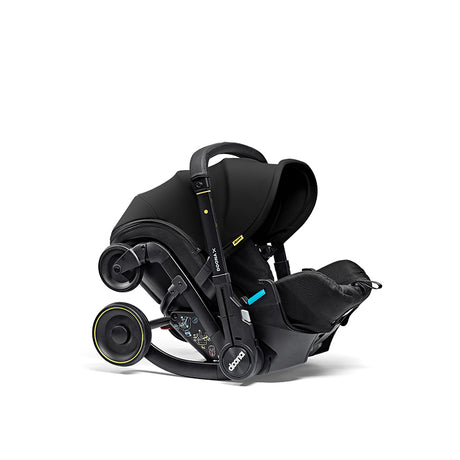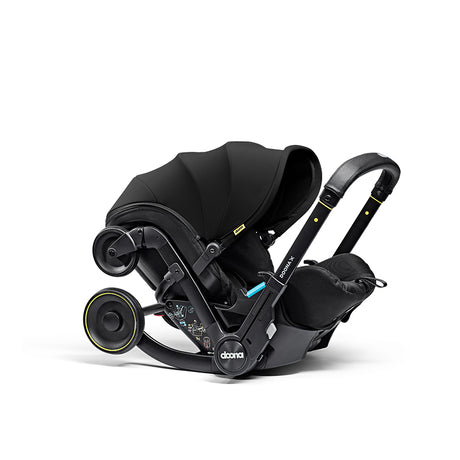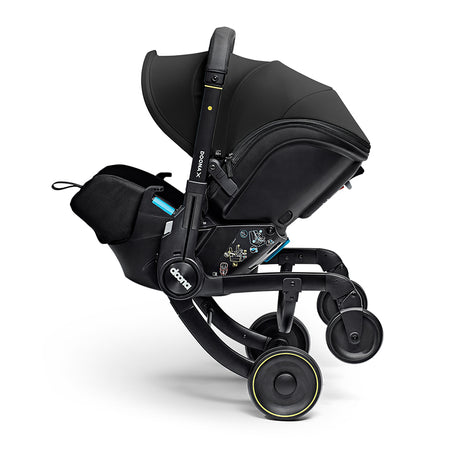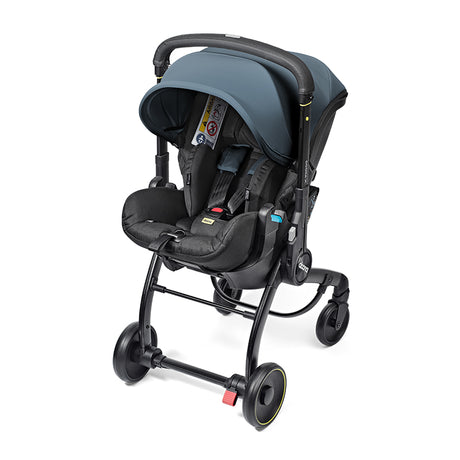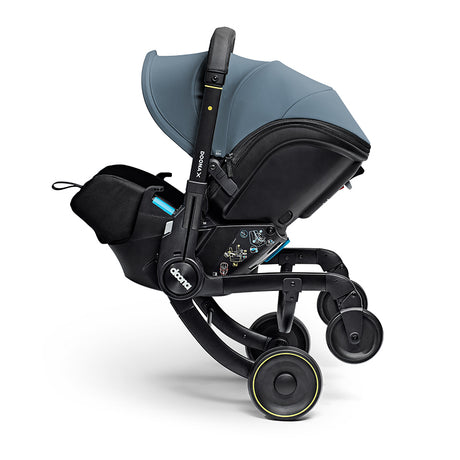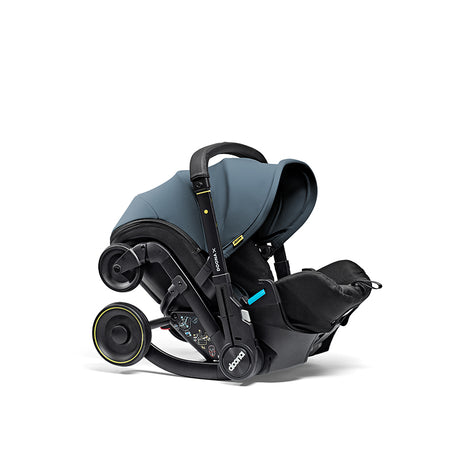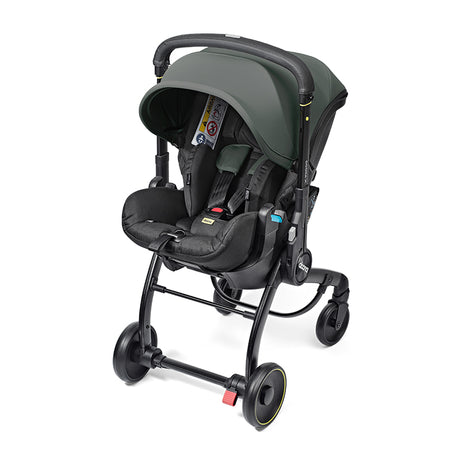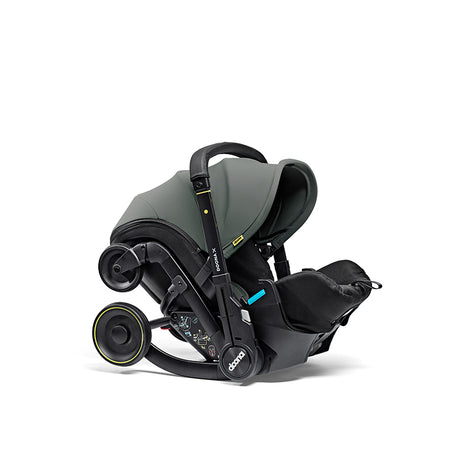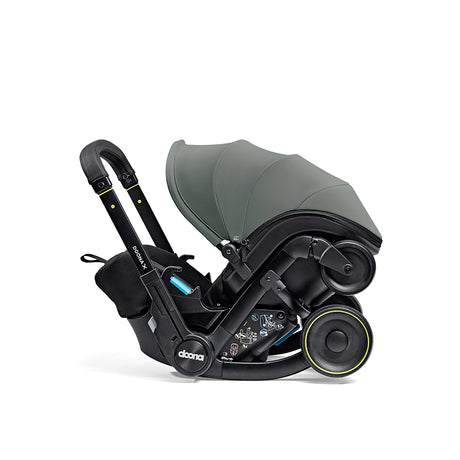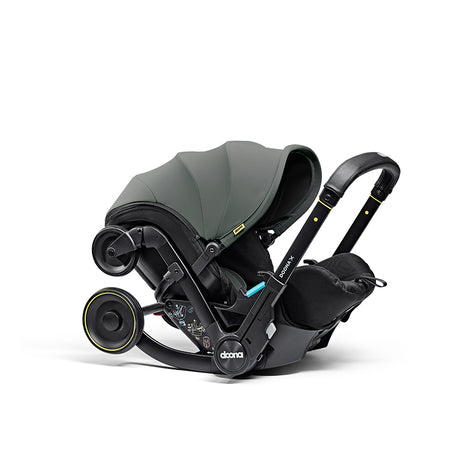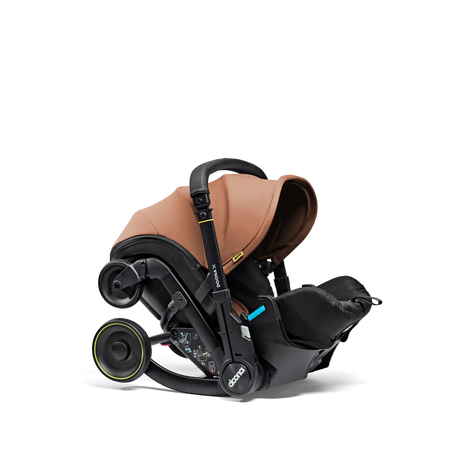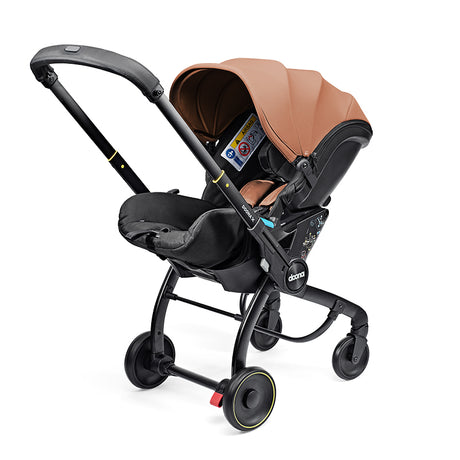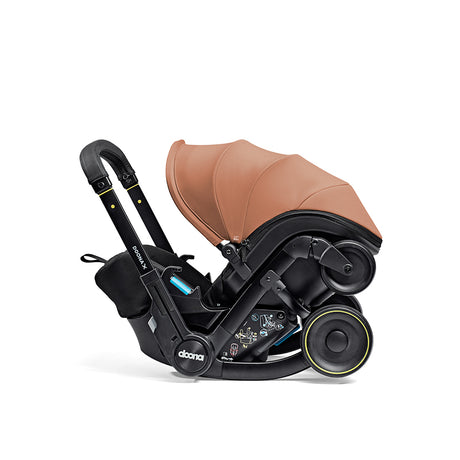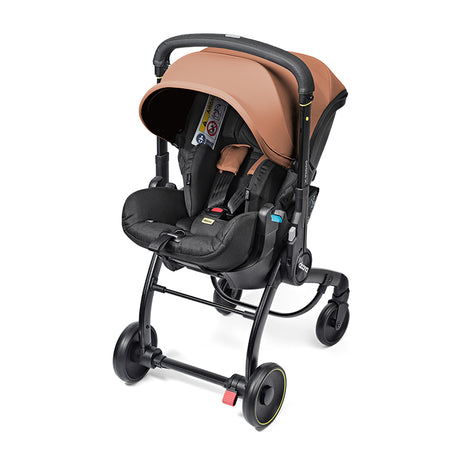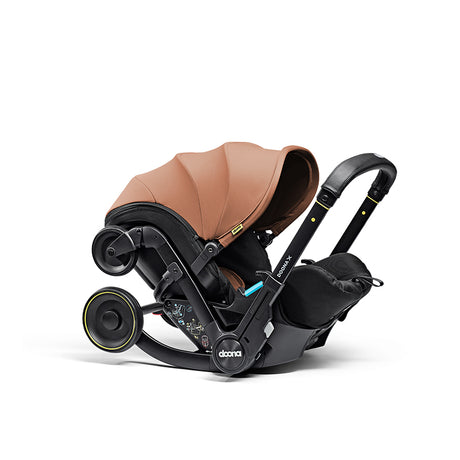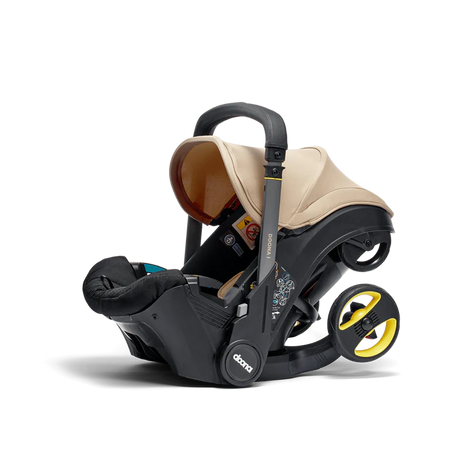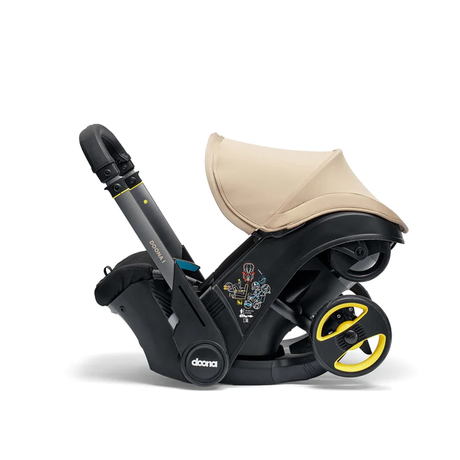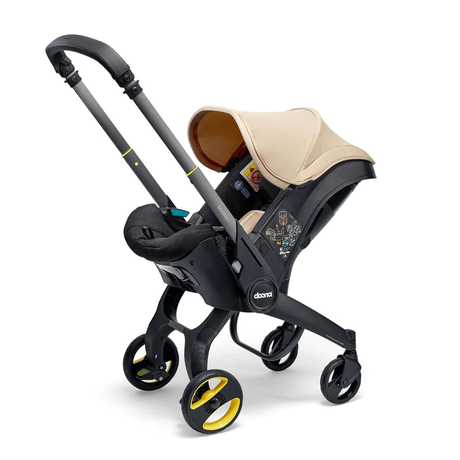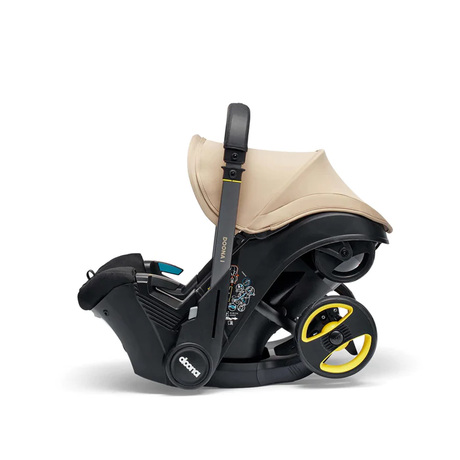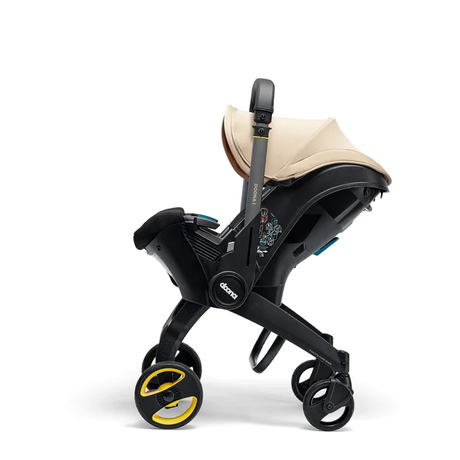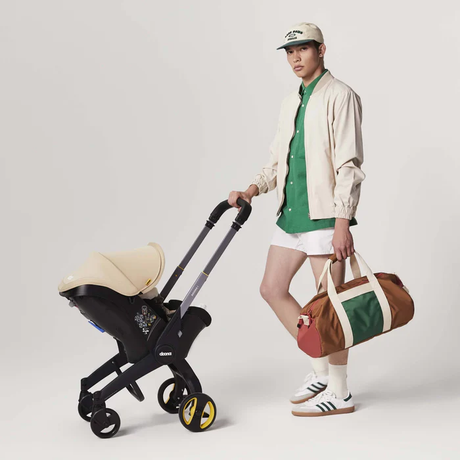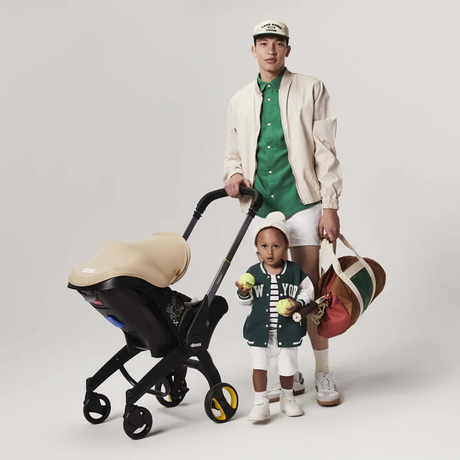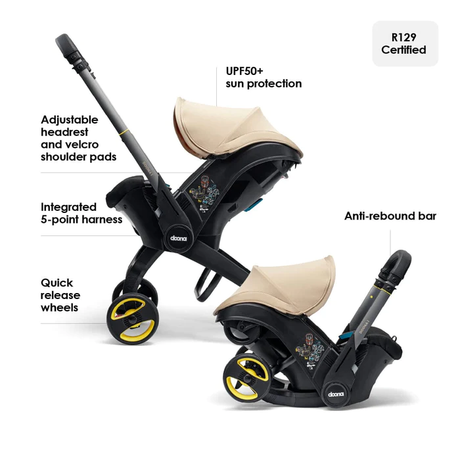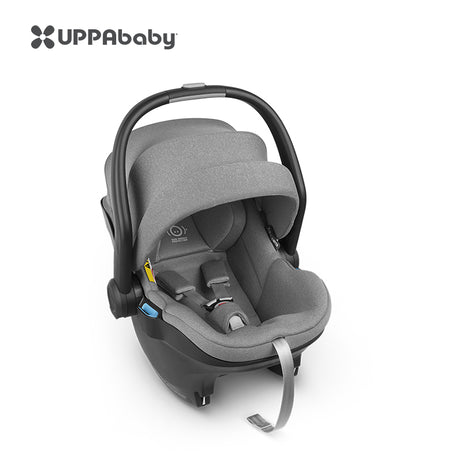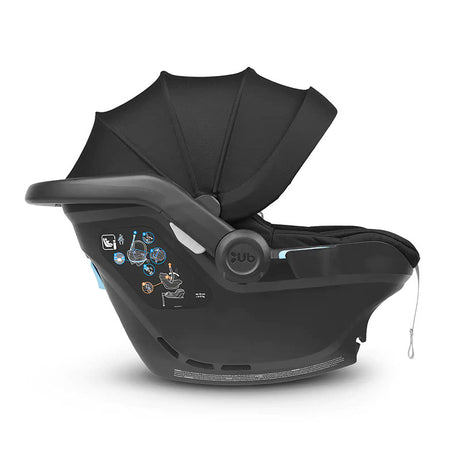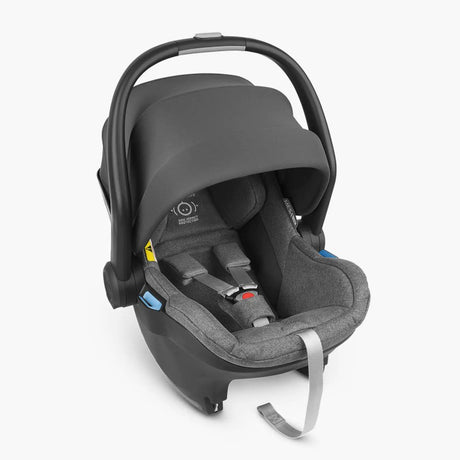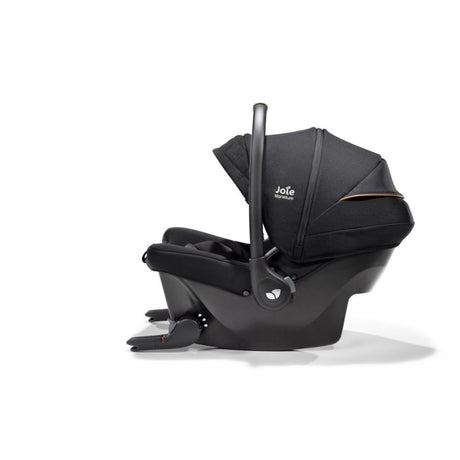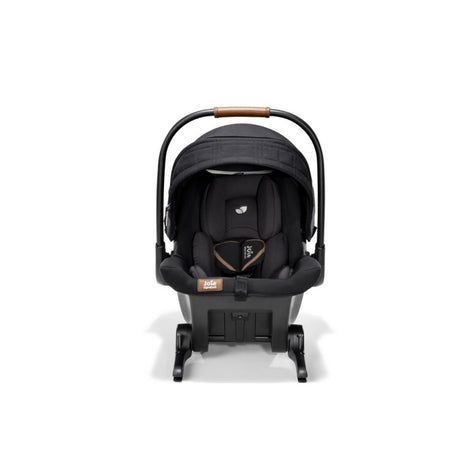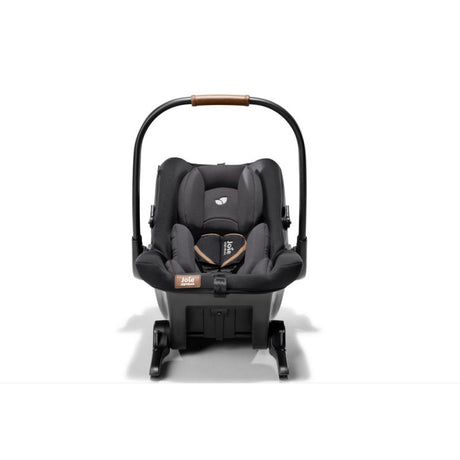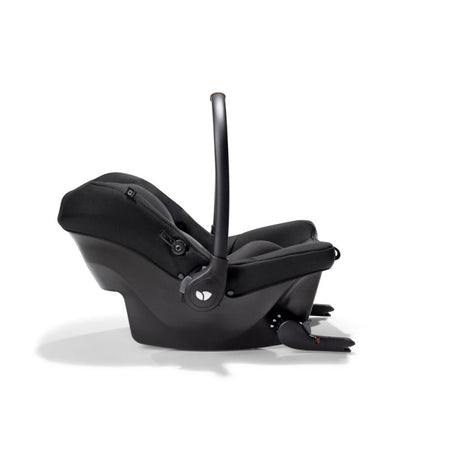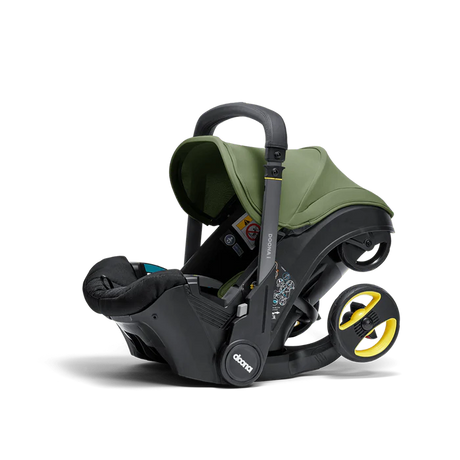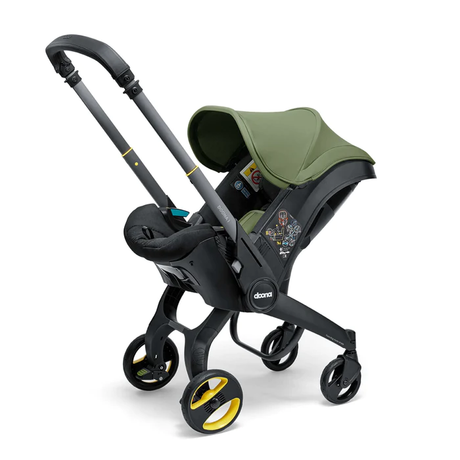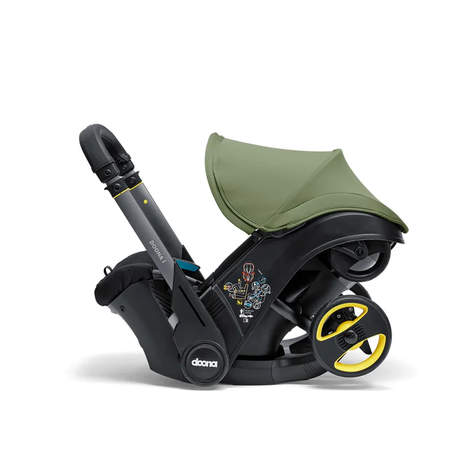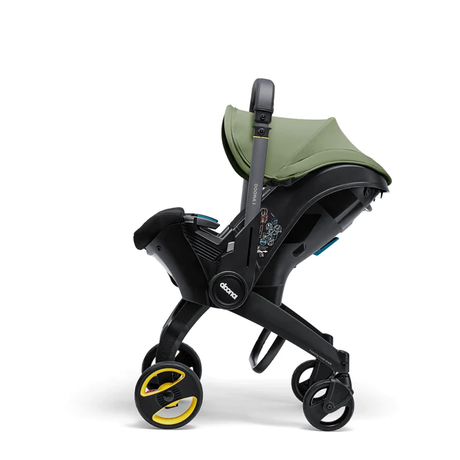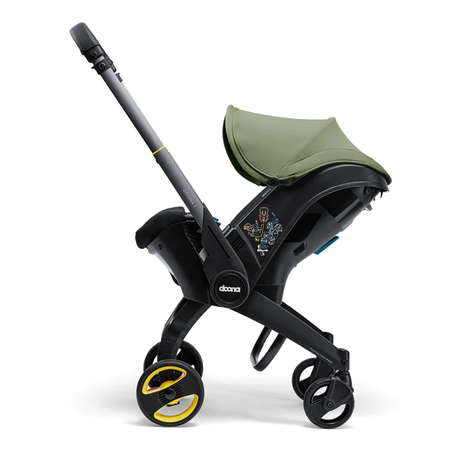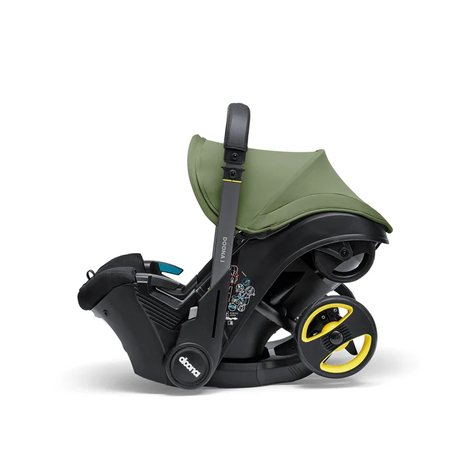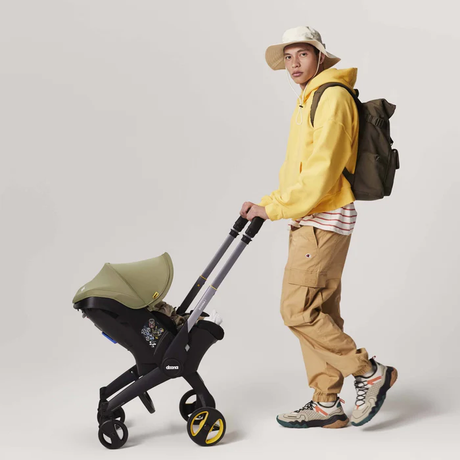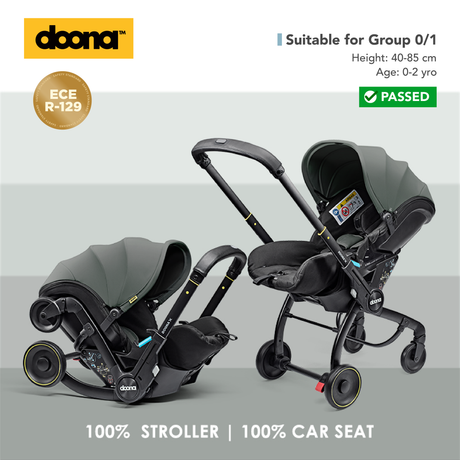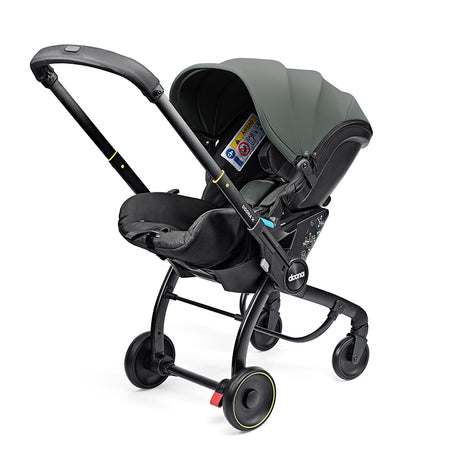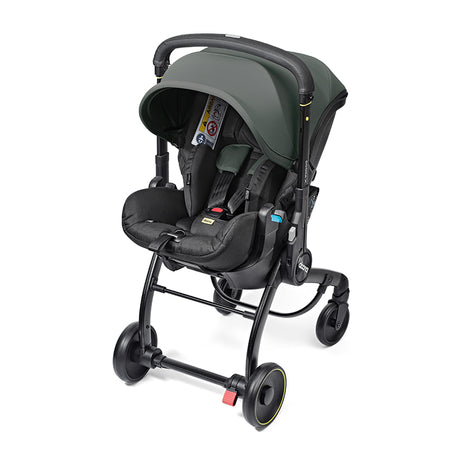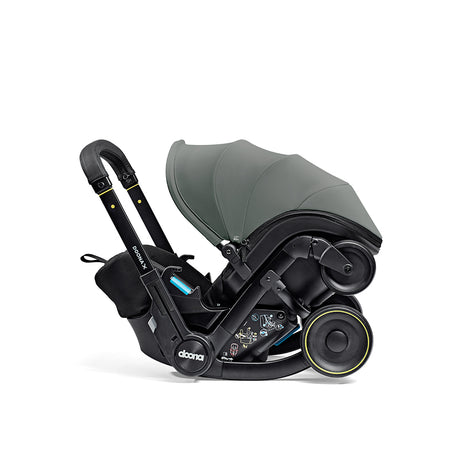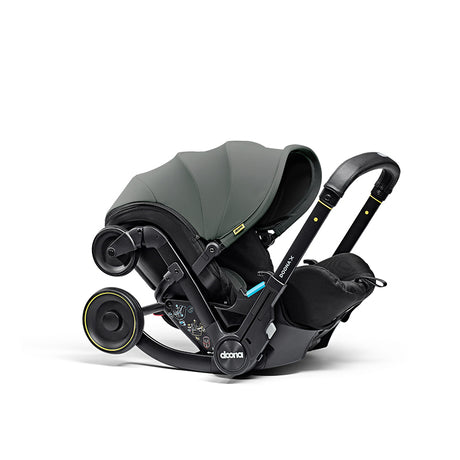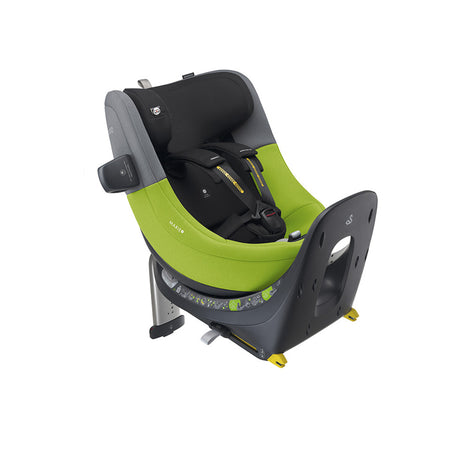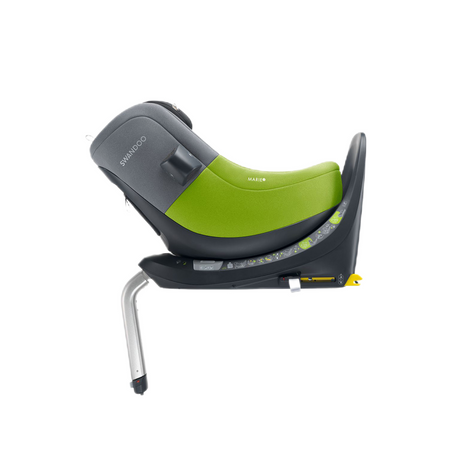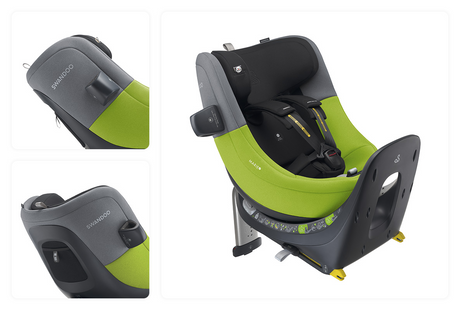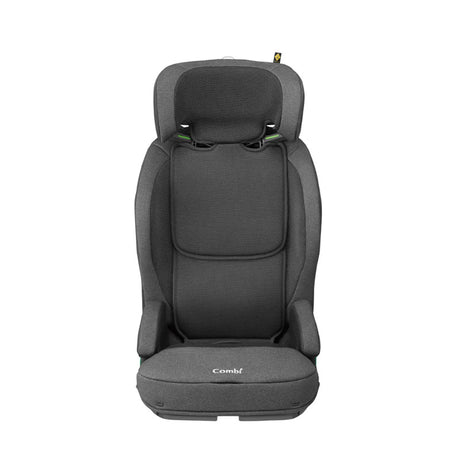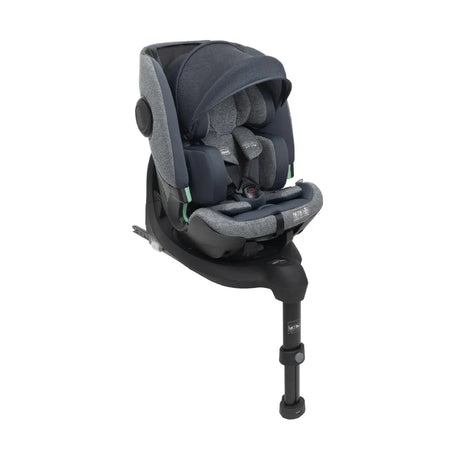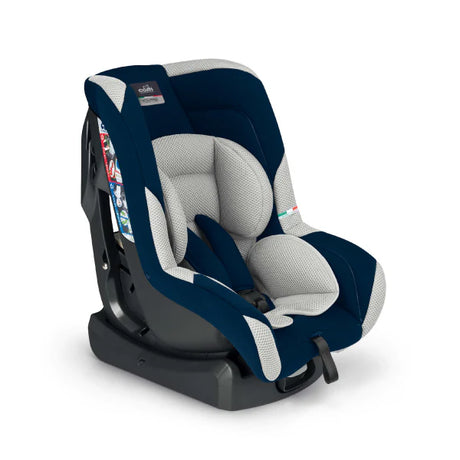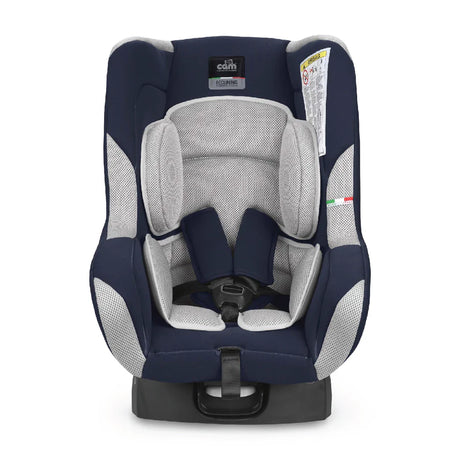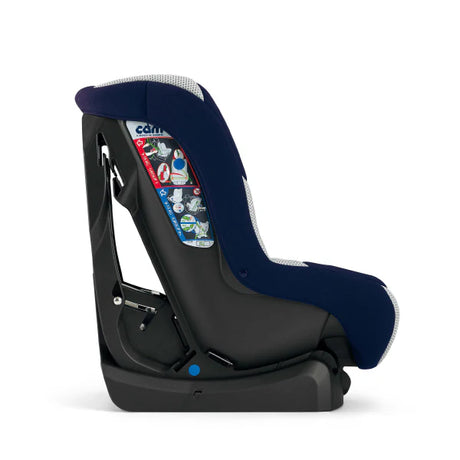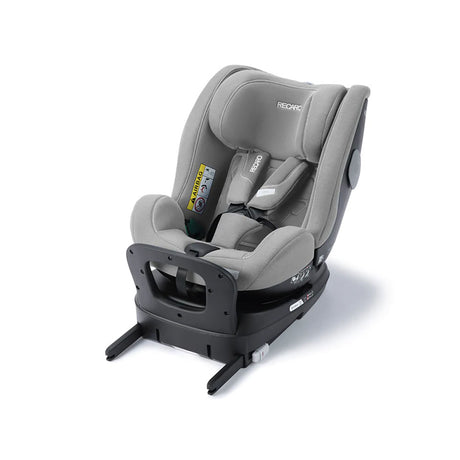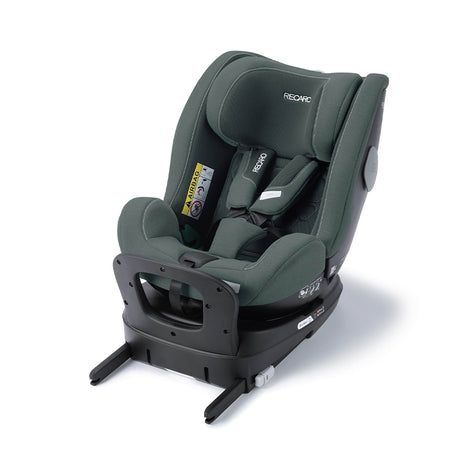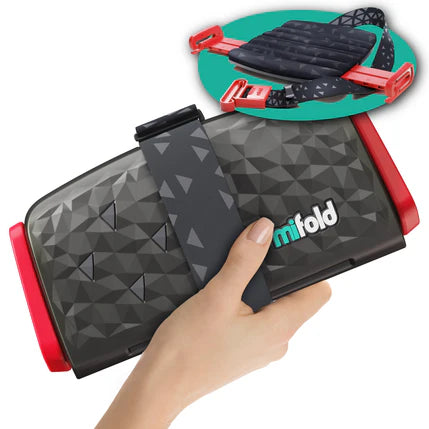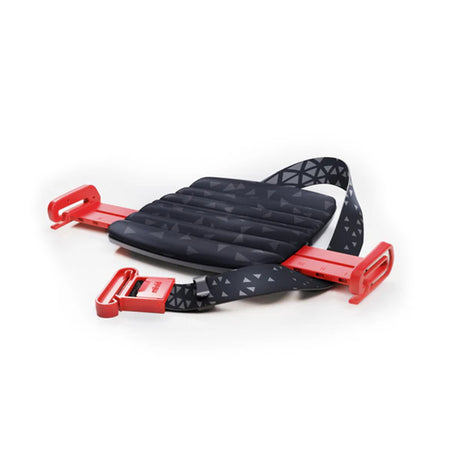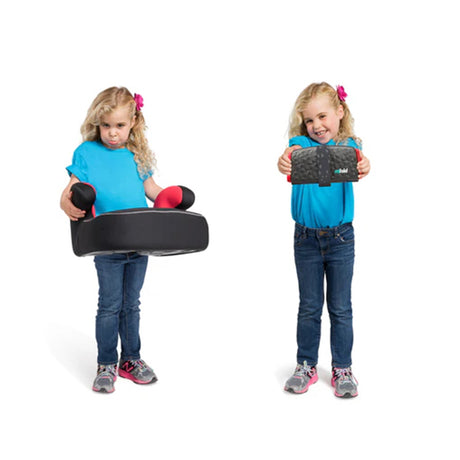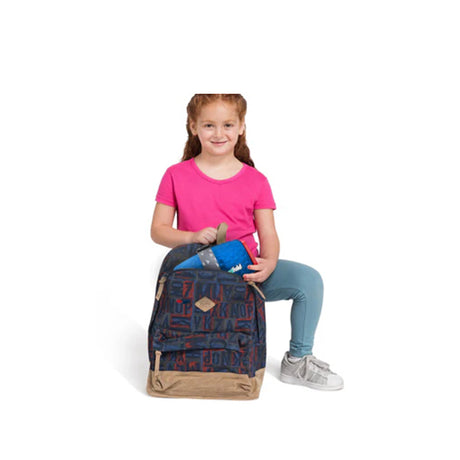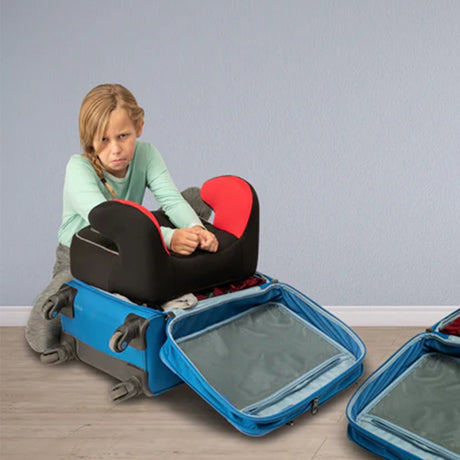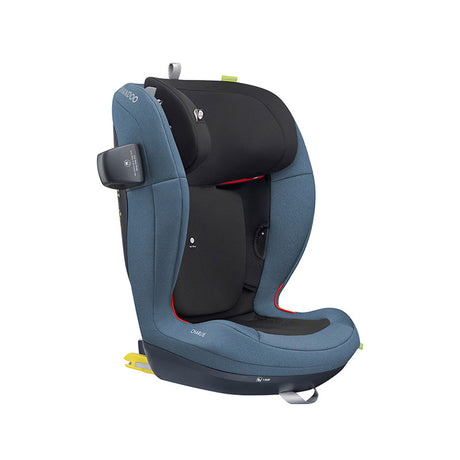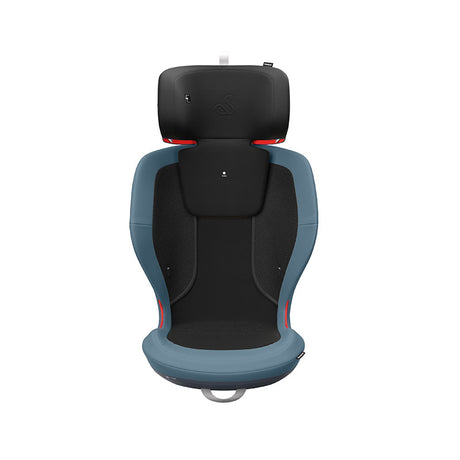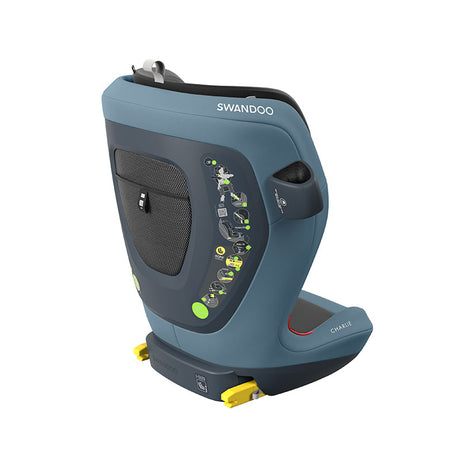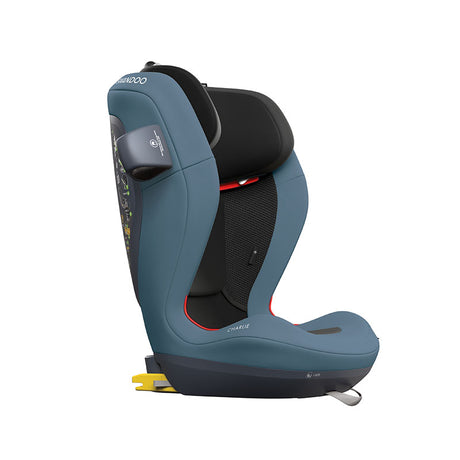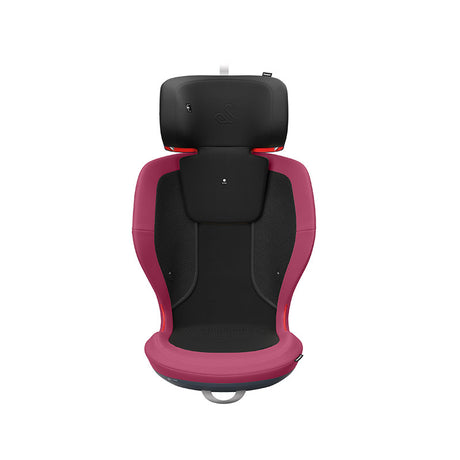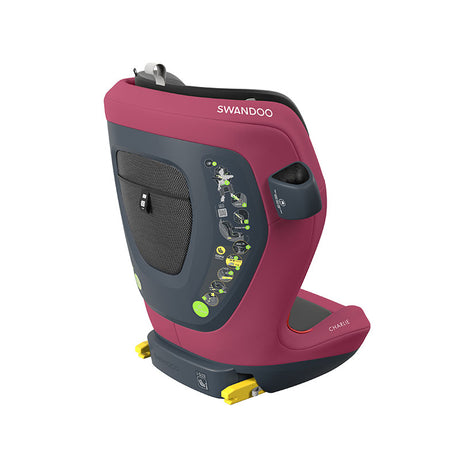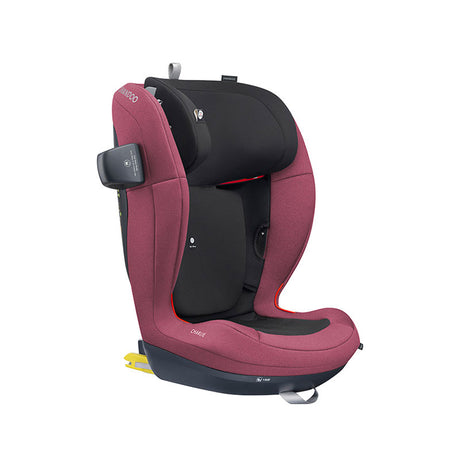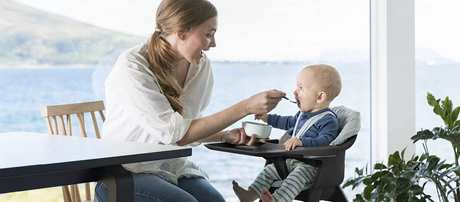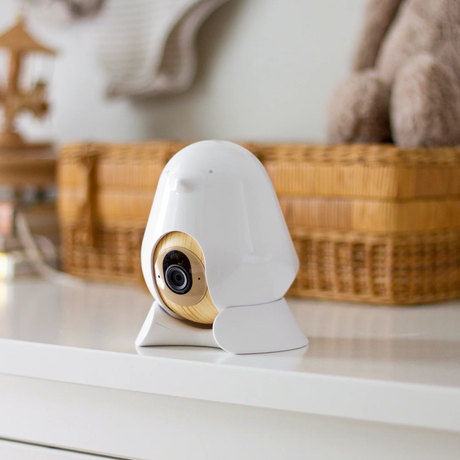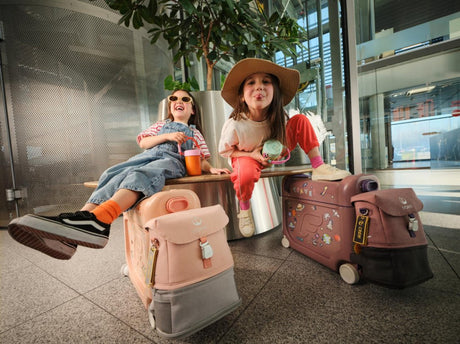Popular Brand Recommendations
Car Seat Recommendation: Avova
Avova is a renowned brand from Germany, famous for its innovative design and high safety standards. Their infant car seats embody a spirit of freedom and creativity while prioritizing top-notch safety. Avova offers a range of car seats that cater to children at different stages of growth, from newborns up to 12-year-olds, ensuring high-quality protection throughout.
These seats meet the strict safety standards mentioned earlier and come equipped with features such as side impact protection systems, ISOFIX installation, and premium energy-absorbing materials, making them a trustworthy choice for parents.
Moreover, most Avova car seats feature adjustable designs, allowing parents to easily adapt the seat as their child grows, providing a safe, flexible, and comfortable ride experience. Let’s explore more about these seats together!
Car Seat Recommendation: Swandoo
Swandoo is a highly popular brand in the European market, known for its minimalist, stylish design and outstanding safety features. Their car seats have passed the R129 and ADAC certifications, ensuring comprehensive safety and comfort for babies.
Swandoo is especially friendly to new parents. While infant car seats are designed out of concern for baby’s safety during travel, incorrect usage can hinder their effectiveness. To address this, Swandoo incorporates intuitive guidance and clear indicators in their design, helping even novice parents use the seat correctly.
In addition to traditional car seats, Swandoo also offers carrycot-style infant car seats, providing parents with more versatile options to suit their needs!
Car Seat Recommendation: Doona
This brand features a unique integrated design that combines the infant car seat with a stroller, making it an ideal choice for families who travel and go out frequently! The car seat is also R129 safety certified, ensuring both convenience for parents and safety for the baby. It functions as a rear-facing car seat, which is especially suitable for newborns. If you are looking for an innovative and convenient model, this one is definitely worth considering!
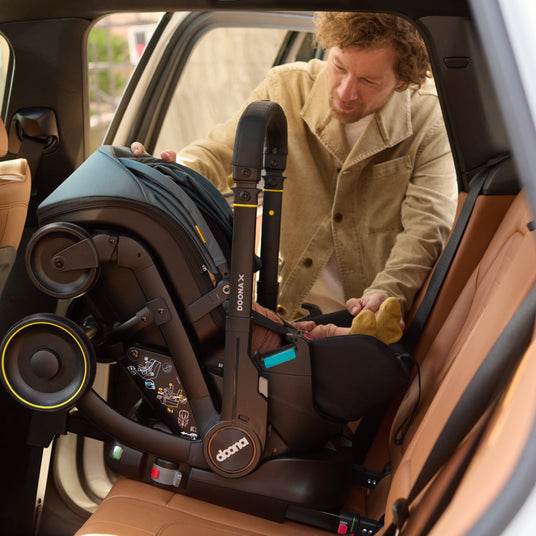
Type 1: Rear-Facing Baby Car Seat
This type of seat is designed specifically for newborns up to around two years old. Rear-facing baby car seats usually allow for a more reclined position, making them ideal for newborns. At the same time, this is the safest installation method. When installed rear-facing, the baby faces away from the direction of travel, which helps to evenly distribute the impact forces during a frontal collision, preventing these forces from concentrating on the baby’s head and neck. This significantly reduces the risk of injury from front-end crashes.

Type 2: Forward-Facing Baby Car Seat
Once your baby reaches the weight or height limit for a rear-facing car seat, they can transition to a forward-facing baby car seat. This type of seat is typically suitable for children aged two years and above. Forward-facing car seats usually come equipped with a five-point harness system to securely hold the child in place. The five-point harness restrains the shoulders, waist, and thighs, ensuring the child stays firmly seated and minimizing the risk of being thrown out of the seat during a collision.
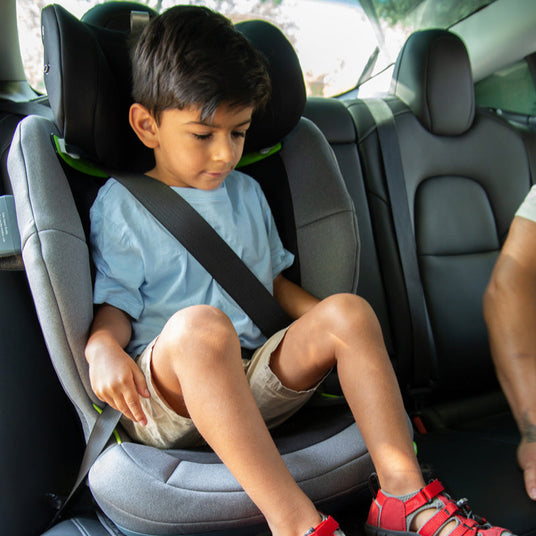
Type 3: Booster Car Seat
This type of seat is suitable for taller or older children, usually starting from around 3 to 4 years old. When a child’s height or weight exceeds the limits of a forward-facing car seat, a booster seat can be used. Besides providing safety protection, the booster’s main function is to elevate the child to the proper height so that the vehicle’s seatbelt fits correctly across the child’s body, ensuring both safety and comfort during the ride.
Discover More from Our Product Collections
DiscoverFrequently Asked Questions About Car Seats
1. Does a car safety seat need to be replaced regularly?
1. Does a car safety seat need to be replaced regularly?
It needs to be replaced when necessary, but generally, the replacement frequency is quite low. To ensure the baby’s safety to the fullest extent, we should replace the seat once the baby exceeds the size or height limits of the current seat. Additionally, if the car seat has been involved in an accident and has any damage or deformation, it should be immediately replaced with a complete and new one.
2. Can I install more than one infant car safety seat on the rear seat?
2. Can I install more than one infant car safety seat on the rear seat?
If there is enough space inside the car to accommodate more than one car safety seat, it is definitely possible! However, we must ensure there is sufficient distance between the seats so they do not collide with each other, and that all seats are securely installed.
3. Can infant car safety seats be used on airplanes?
3. Can infant car safety seats be used on airplanes?
As long as the car safety seat meets airline safety standards and the airline’s regulations, it can be used on airplanes. For example, the Doona car seat is a recommended model. Of course, we advise you to check with your airline before departure to ensure a smooth boarding process.
4. Can baby car seats be used on strollers?
4. Can baby car seats be used on strollers?
Some infant car safety seats can be connected to strollers, provided the appropriate adapters are used to install them on the stroller. However, not all infant car seats support this function, and the compatible adapters may vary. Therefore, we can check before purchasing.
5. Can infant car safety seats withstand major collision accidents?
5. Can infant car safety seats withstand major collision accidents?
Car seats that meet safety standards can generally reduce injuries and absorb impact forces effectively to protect the baby. However, if the infant car seat has been involved in a major accident, it is likely to have sustained some damage and its safety performance will be significantly reduced, thus no longer providing optimal protection for the baby. Therefore, we recommend replacing the car seat with a brand-new one after any accident.


